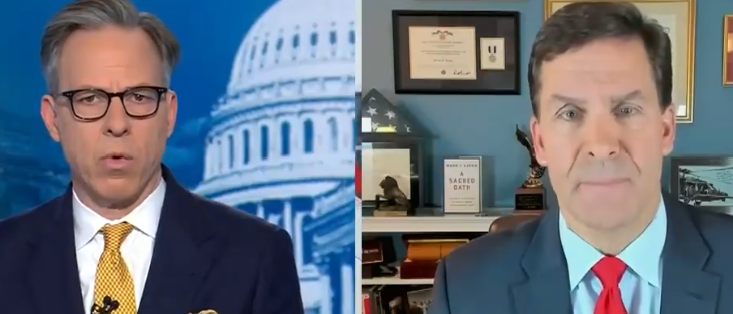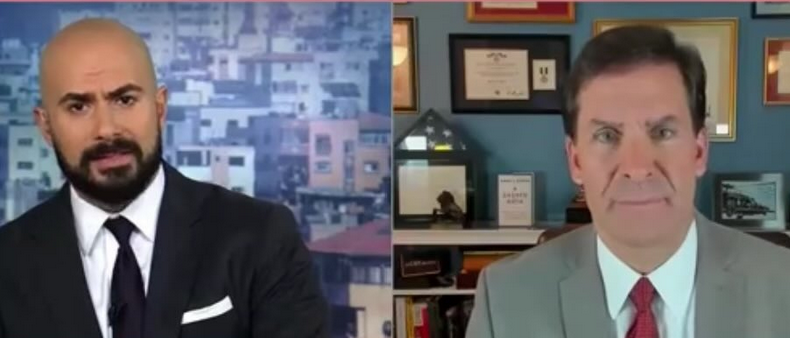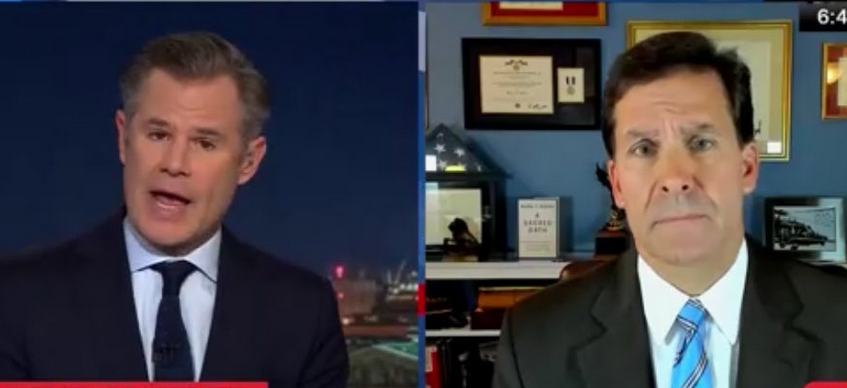Defense One Article: Want More Pentagon Innovation? Try This Experiment | Commentary by former Air Force Secretary Deborah Lee James and former Defense Secretary Dr. Mark Esper
Speed, agility, and a tolerance for failure are required to enable greater defense innovation adoption for the United States to be successful in this era of great power competition. With Russia’s brazen invasion of Ukraine and China’s increasingly hostile actions in the Indo-Pacific, both bending the international rules-based order to fit their malign interests, confronting innovation challenges in defense will require a fresh approach.
A key element of America’s strategy must be to counter our adversaries’ rapid acquisition and exploitation of leading technologies such as artificial intelligence, robotics, autonomy, and directed energy. To make a major step change when it comes to defense modernization, the Defense Department needs greater flexibility, tools, and a sustained political push from Capitol Hill to use them.
We propose an experiment in budget flexibility and a rethinking of Pentagon program management deep enough to transform the decades-old defense acquisition process. One approach would be to pick a handful of outstanding program executive officers, assign each a capability, and allow them to pursue it with a portfolio of efforts that, unlike today’s programs, can be modified with agility. Enable them to foster an industrial base that can furnish competition and secure supply chains and, if the new portfolio model proves successful, scale the approach across the services.
These are among the recommendations of the Commission for Defense Innovation Adoption, an Atlantic Council project that we are co-chairing. As former Pentagon leaders with experience working in Congress and industry, we assembled an array of former senior government leaders, high-tech industry executives, and national-security-focused investors who are passionate about tackling this critical challenge. We debated the issues and solutions and engaged more than 70 stakeholders from the White House, Congress, the Pentagon and the private sector. The immediate result is an interim report, unanimously supported by the Commissioners, that lays out ten recommendations to foster the rapid adoption of innovative technology by the Pentagon.
Two of our leading recommendations focus on shifting acquisition management from individual program management to a capability-portfolio model while also giving defense leaders more budget flexibility.
Today, the Pentagon acquires capabilities through more than 1,000 acquisition programs, each with their own requirements, budgets, and contracts. This drives long timelines, stove-piped solutions, and gross inefficiencies. Yet the operational environment today requires the U.S. military to adopt new technologies far more rapidly while dumping ones whose utility has been surpassed. This “need for speed” will only grow as our weapons and equipment become more software-centric.
We recommend that the Pentagon select five program executive officers, or PEOs, to operate a capability-portfolio model. This would more quickly move emerging technologies across the infamous Valley of Death. These PEOs could work with Congress to consolidate the smallest 20 percent of their budget accounts to enable greater funding flexibility within the portfolio to optimize investments. These PEOs could develop acquisition, contracting, and technical strategies for robust industry competition to produce capabilities that use common platforms and enterprise services to integrate solutions from many companies into a modular open-systems approach.
Another key set of recommendations from the Commission focuses on providing the Pentagon with additional budget flexibility in the year of execution. The sixty-year-old planning, programming, budgeting, and execution, or PPBE, system brings longer timelines and tighter constraints. This cumbersome process requires developing budgets with two- to-three-year lead times across 1,700 budget accounts. But in an environment with rapidly changing operations, evolving threats, new technologies, and fresh risks and opportunities, it is impossible to effectively budget or quickly pivot to meet tomorrow’s challenges at two-year intervals.
Congress is a vital partner for the Pentagon to enable greater speed and agility in acquisitions and technology development. The Commission recommends that the Pentagon and Congressional appropriators negotiate to consolidate hundreds of the smallest budget accounts, over 700 of which are under $20 million. Congress should change how it deals with Pentagon requests to move money to or from these smaller accounts. Currently, such moves must win approval from four committees. Instead, a request should start a countdown: if no lawmaker objects within 30 days, DOD should be able to move ahead. Lawmakers could also make it easier for the Pentagon to launch new efforts by raising the funding threshold that requires Congressional approval. Currently, such approval is required for new starts that will cost up to $20 million “for the entire effort.” Changing this language to “for the fiscal year” would allow PEOs to move ahead, while allowing lawmakers to veto efforts they disagree with.
As the defense industry, government labs, and new commercial industry partners identify emerging technology solutions, we cannot afford to wait for funding to build out critical defense capabilities. We urge Congress and the Pentagon to act on these recommendations to accelerate innovation adoption by the Defense Department and put the U.S. in a far better position to face off against China and Russia in the years to come.
Dr. Mark Esper was the 27th Secretary of Defense. Deborah Lee James was the 23rd Secretary of the Air Force. They are board directors of the Atlantic Council and co-chairs of its Commission on Defense Innovation Adoption






